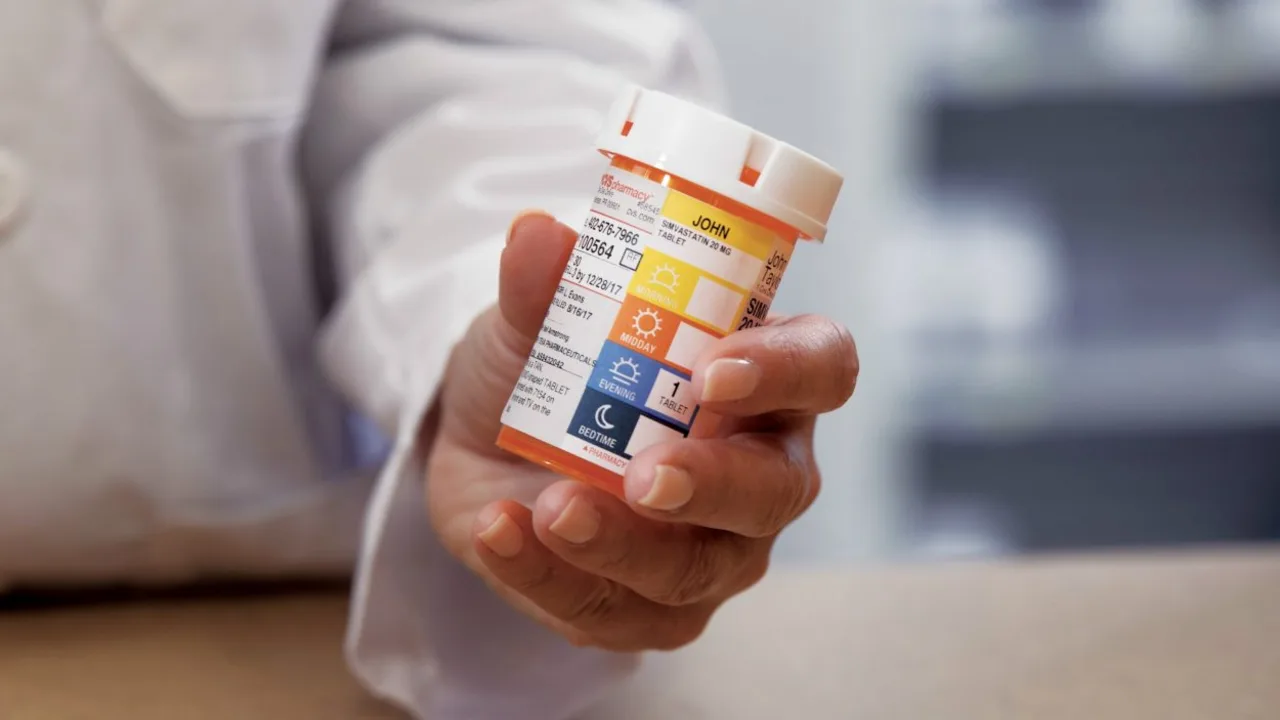Hydroxychloroquine Prescription – What You Need to Know
If you’ve heard about hydroxychloroquine in the news, you might wonder how to actually get a prescription for it. The drug isn’t just a headline; doctors use it every day for malaria prevention and autoimmune conditions like lupus or rheumatoid arthritis. Below we’ll break down when it’s prescribed, how doctors decide if it’s right for you, and practical steps to keep the treatment safe.
When Is Hydroxychloroquine Prescribed?
First off, hydroxychloroquine isn’t a one‑size‑fits‑all pill. Your doctor will consider it mainly for three reasons:
- Malaria prophylaxis: Travelers to high‑risk regions may need a weekly dose before, during, and after the trip.
- Lupus or rheumatoid arthritis: The drug helps control inflammation and skin symptoms.
- Certain COVID‑19 protocols (where approved): Some hospitals still use it under strict guidelines, but it’s not a standard treatment.
If you fall into any of these categories, bring your medical history to the appointment. Doctors will ask about kidney function, eye health, and other meds you’re taking because hydroxychloroquine can interact with several drugs.
Getting the Prescription Right
Here’s a quick checklist for the visit:
- Explain why you need it: Mention travel plans, autoimmune diagnosis, or any specific recommendation from another provider.
- Share lab results: Blood work that shows kidney clearance and eye exams (an ophthalmologist should check your retina every year).
- Discuss other meds: Antacids, certain antibiotics, and heart drugs can affect dosing.
If the doctor agrees, they’ll write a prescription for a specific dose—usually 200‑400 mg per day for autoimmune use, or 400 mg once a week for malaria. Never adjust the amount on your own; even small changes can cause side effects like nausea, headache, or rare eye toxicity.
When you fill the script, choose a reputable pharmacy—either a local one you trust or an online pharmacy that requires a valid prescription and shows a clear privacy policy. Beware of sites offering hydroxychloroquine without a doctor's note; they often sell counterfeit pills that can be dangerous.
After you start the medication, schedule follow‑up appointments every three months. Your doctor will repeat eye exams and blood tests to catch any problems early. If you notice blurry vision, ringing in your ears, or severe skin rash, call the clinic right away.
In short, getting hydroxychloroquine safely means honest communication with your doctor, proper lab work, a trusted pharmacy, and regular monitoring. Follow these steps and you’ll reduce the risk while enjoying the drug’s benefits for the conditions it treats.

Get Your Hydroxychloroquine Prescription Online Swiftly and Securely
Hey everyone, have you ever thought about how convenient it would be to get your hydroxychloroquine prescription from the comfort of your own home? I just discovered this amazing way to do exactly that – online! It's a total game-changer. You simply have a quick consultation with a licensed healthcare provider, and voilà, they can send your prescription to a pharmacy for you. No more waiting in lines or dealing with the hassle of scheduling in-person appointments. I'm excited to share more about how this process has simplified my life, and I think you’ll find it pretty valuable too.